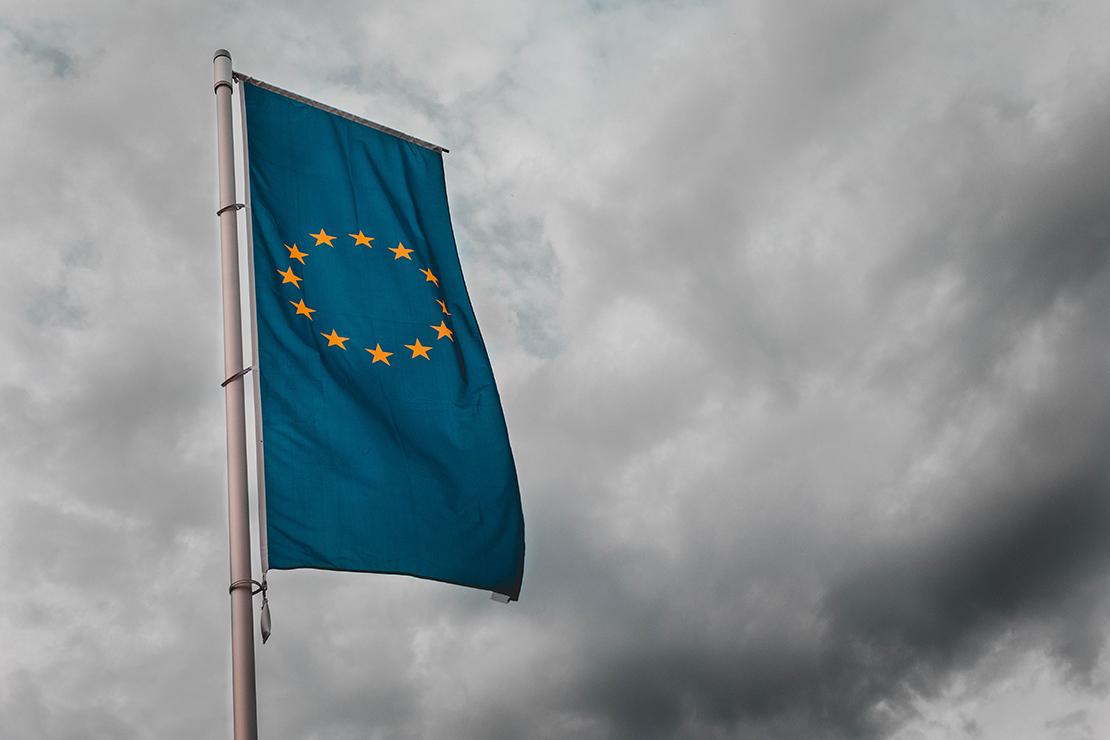The Zagreb Summit: one step forward, two steps back
July 8, 2020
Authors

Alejandro Esteso Perez
European integration and enlargement issues, political relations with EU Member StatesThe leaders of the 27 European Union (EU) Member States and the six non-EU countries in the Western Balkan region (WB6) gathered on the 6th of May 2020 for what would be the second EU-WB6 high-level meeting in three years. Held at the behest and under the auspices of Croatia, the Zagreb Summit brought together –albeit via video conference– EU representatives and enlargement hopefuls amid the dire outbreak of COVID-19 that is, to this day, wreaking political, economic and social havoc around the world. The meeting was greeted with both prudent expectation and a degree of skepticism, mostly stemming from the modest results yielded at previous such encounters. A few weeks after the summit, how tangible are its outcomes and what is there left?
This policy note will track the short history of EU-Western Balkan summits and provide the backdrop against which Croatia convened a new meeting in 2020 as part of its WB6-inclusive agenda. It will then go on to examine the successes and shortcomings of the Zagreb Summit in the context of the struggle against the COVID-19 pandemic and will furthermore evaluate the extent to which the notion of enlargement is running out of steam. Last, it will engage in a critical discussion on the future of EU-WB6 relations in the wake of COVID-19, on the EU’s inconclusive role in the region against major world powers –with a special focus on Kosovo–, and on the prospects for successful potential summits in the future.
Share article
Latest Publications
April 24, 2024
Policy Analysis
Tracking Kosovo's Commitment: Monitoring Adherence to the Venice Commission Rule of Law Checklist in ...
April 8, 2024
Policy Analysis
Reflecting on the Third Year of Kurti II: Setbacks and Achievements in Rule of Law, Public Administr ...
March 22, 2024
Policy Analysis
Lost, “in the Twilight Zone” Rebutting the Court’s Blunder
Related Espresso Insights
March 4, 2024
Espresso.Insights
Passport Hangover: What’s next after Spain’s Kosovo breakthrough?

January 16, 2023
Espresso.Insights
Recognized but not supported: Hungary's stance on Kosovo's EU bid






